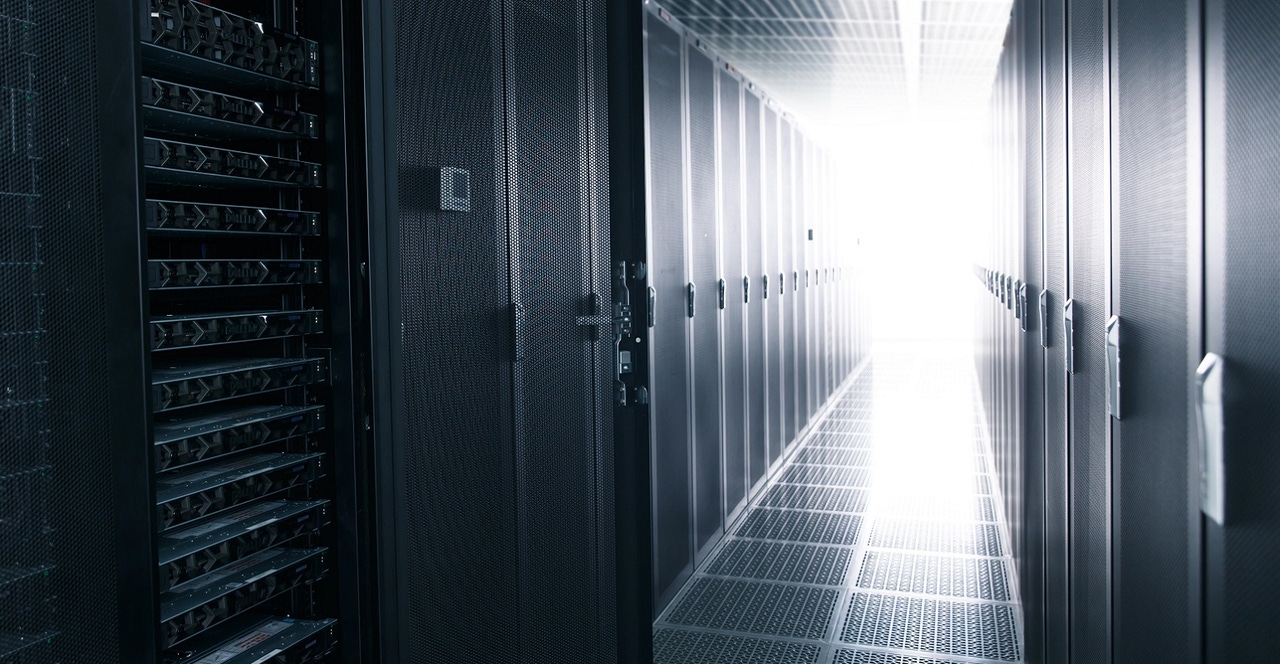Wireless Data Centers: Benefits and Limitations
Is the idea of wireless data centers just a dream, or are there practical use cases for wireless networking in data centers today? We look at the pros and cons.

To data center operators, the idea of a wireless data center may sound like a dream. Eliminating the morass of physical network cables that typically connect servers could dramatically simplify the setup and management of data center equipment.
Plus, the fact that wireless networking technology continues to advance — with today's wireless networks capable of transmitting much greater volumes of data over longer distances than their predecessors — makes the idea of the wireless data center even more alluring.
But that doesn't mean, unfortunately, that most data center operators should expect to ditch their physical network cables anytime soon. Although there are practical use cases for wireless networking in data centers, they remain limited, despite advances in wireless technology.
What Are Wireless Data Centers?
A wireless data center is one where wireless networking, instead of physical cables, provides connectivity between servers. In other words, a wireless data center uses the same type of wireless connectivity that most consumers use in their homes by connecting devices to wireless routers.
It's worth noting that a data center that is considered wireless might not be totally free of wired network cables. Unless you install wireless network interfaces in every server and other device you need to connect, you'd probably still run Ethernet cables within server racks. But you might, for instance, have a wireless router sitting in each rack that enables wireless connectivity between server racks, then distributes packets within the racks over Ethernet.
We should also note that a wireless data center would still have power cables. Although wireless electricity is a thing, that technology isn't advanced enough to be practical in data centers, where ultra-reliable, high-capacity power supply is critical.
The Advantages of a Wireless Data Center
To date, very few data centers have deployed wireless networks. Data center networking trends still remain tightly bound to physical cables.
But by switching to a wireless networking approach, data center operators could potentially gain a variety of important benefits:
Fewer cables: Cables take up significant physical space in traditional data centers, and keeping track of which cables go where can be a monumental chore. Wireless data centers would simplify both challenges.
Network deployment: Because wireless networks don't require physical cables, it would be faster and easier to deploy a new network using wireless technology.
Higher capacity: The number of connections that a wired network can support is often limited by the physical connections available on routers and switches. Wireless networks aren't subject to this limitation.
Lower costs: Because wireless networks don't require cables, they can reduce the costs that data center operators incur to roll out networks.
In short, wireless data centers offer a more convenient and flexible approach to networking at a lower price.
Challenges of Wireless Networking in Data Centers
On the other hand, wireless data centers are subject to some major limitations.
Network throughput
One of the greatest limitations is that wireless networks have lower bandwidth capacities than most wired networks. The latest wireless standard, 802.11ax, supports maximum speeds of under 10 gbps. That's a fraction of the hundreds of gigabytes per second that wired Ethernet networks can transfer.
For data centers with high network throughput requirements, wireless just isn't fast enough.
Security
Modern wireless network security technology has come a long way since the days when most networks were unencrypted or relied on easily hacked encryption algorithms like WEP. But at the end of the day, wireless networks are still more insecure than wired networks in the sense that anyone within physical proximity of a wireless router can intercept, and potentially decode, packets flowing over a wireless network. That's harder to do with wired networks because you'd need to tap into the wire to sniff packets, which would require circumventing physical data center security controls.
On top of this, people who want to disrupt data center operations could potentially do so by jamming wireless networks, a type of denial of service attack to which wireless data centers are susceptible.
Network interference and performance problems
Even if no one is deliberately trying to jam wireless networks, wireless data centers may also suffer from poor connectivity due to interference across networks that use the same frequencies. More generally, rates of packet loss, poor latency, and other performance problems tend to be higher when using wireless networks, which are just not as reliable as wired connections.
When Does a Wireless Data Center Make Sense?
The challenges described above don't mean that wireless data centers are impossible. Under the right circumstances, it might make sense to take a wireless approach, at least for some data center equipment.
For example, if you need to connect servers that are located far apart from each other on your data center floor, and the workloads running on those servers don't require especially high network throughput or reliability, setting up a wireless link between them could prove simpler and more cost-effective than running cables.
Likewise, wireless networks can be a great way to provide connectivity for monitoring systems and other ancillary devices that help to power data centers. Those devices typically don't require much bandwidth, and they can tolerate the occasional dropped packet or connection.
Conclusion
For the bulk of servers in the bulk of data centers, however, wireless networks are probably not a practical solution. There's a chance that this could change over time if wireless technology continues to advance (although wireless technology that performs well enough to meet the needs of most data centers is not yet on the horizon).
So, most data center operators shouldn't expect to bid adieu to their network cables anytime soon — but they may be able to simplify network management at least in some cases by leveraging wireless connectivity where it makes sense.
About the Author(s)
You May Also Like





.jpg?width=700&auto=webp&quality=80&disable=upscale)



